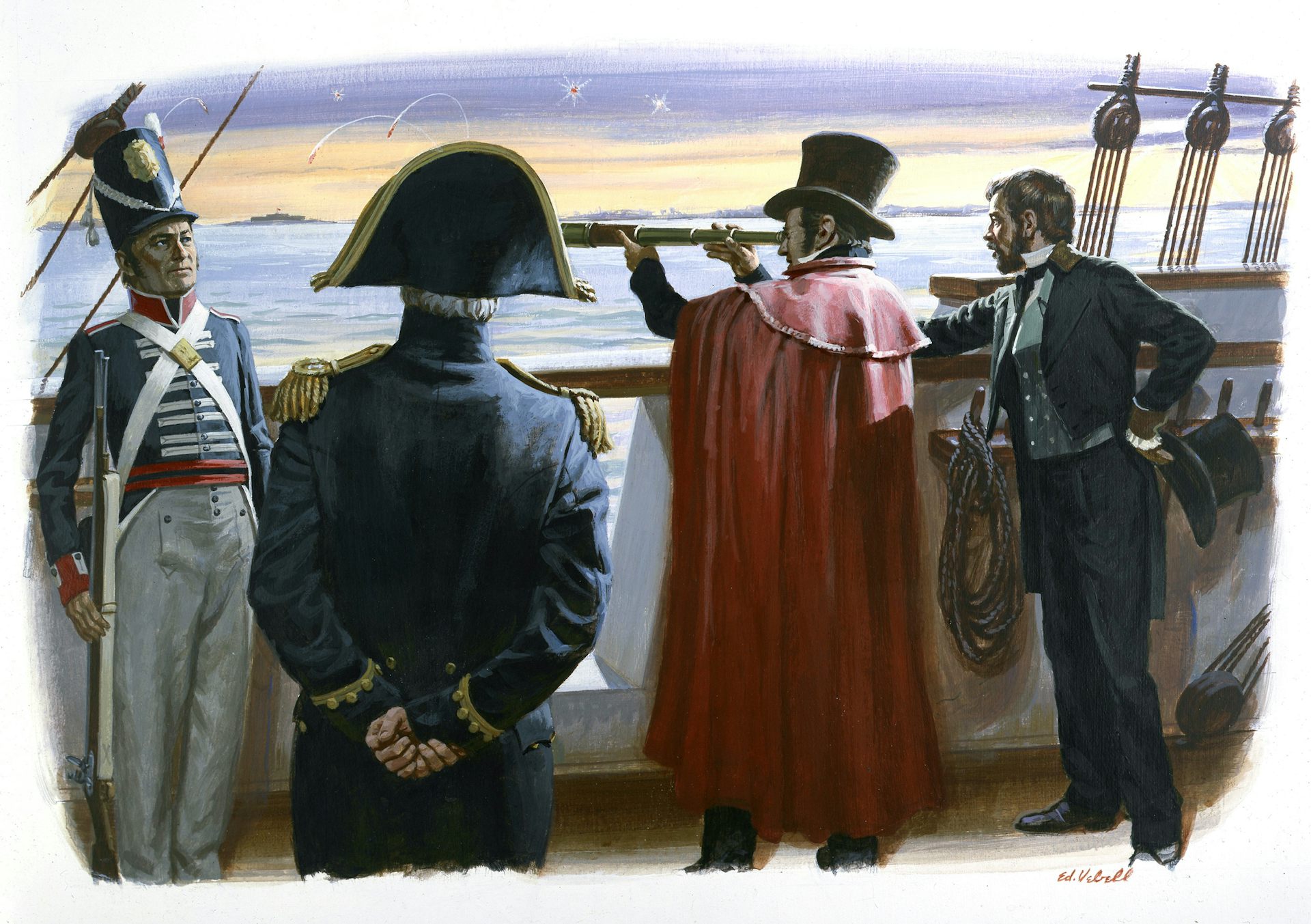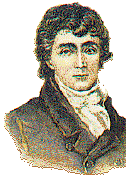

This one event had many ramifications for many lives. Whatever Arthur intended in his inebriated state, the startled women woke up the whole neighborhood, which resulted in a manhunt for Arthur and his eventual incarceration. Thornton, her mother and his own mother, also Mrs. Returning home, Arthur groped in the dark, picked up an axe that he cradled in his arm and mistakenly entered the bedroom where his owner Mrs. In Washington City, the events started when 19-year-old Arthur Bowen, servant in the home of Anna Thornton, attended a clandestine “talking society.” There, young enslaved men talked among themselves about slavery and what they could do about it.Īfter the meeting broke up, Arthur and a friend continued to talk and drink in Lafayette Park, across the street from the presidential mansion. In this cataclysm, the paths of Francis Scott Key, Beverly Snow and Arthur Bowen crossed.

A “Snow-Storm” with national implications The violence of the summer of 1835 forged a new notion in American life, at least in the northern states: that defending the republic required opposing the slave masters of the south.Īt the beginning of the year, there were 200 anti-slavery societies across the northern tier of the country.
#Did francis scott key own slaves free
Most involved attacks by mobs of white men on free blacks and white anti-slavery speakers. In 1835 alone, the 25 states experienced no less than 53 riots, almost all related to issues of race. For some Americans, this was a threatening message. In the 1830s, small groups of Americans, white and black, started calling for the immediate abolition of slavery. Key had reached a pinnacle of the political power.īut it was in a time of trouble in the United States. In 1833, President Jackson rewarded Key with the office of District Attorney. Some even called him “the Blacks’ lawyer.”īy 1835, in the timeless ways of Washington, Key had parlayed his law practice into political connections with the network of editors, landowners and slave masters around General Andrew Jackson. As a young lawyer, he had relished defending individual colored people in court. Key respected Snow, the restaurant’s mulatto proprietor, even if he did not always like his ostentatious style. They were lawyers practicing in the courthouse up the street, western land speculators visiting the capital on business and innumerable congressmen living in the boarding houses. Snow’s place offered a natural rendezvous for Key and his political associates. Snow’s restaurant at the corner of Sixth and Pennsylvania, which was known as “the Epicurean Eating House.” He was no Epicurean, renouncing luxury in all of its forms. The lives of these three men intersected on the streets of Washington, D.C.įrancis Scott Key was politically ambitious and religiously observant. The unluckiest of the three was John Arthur Bowen, a nineteen-year-old boy, a slave, whom Key charged with attempted murder in 1835. Long before the contemporary age of ego-driven chefs, Snow called himself the “National Restaurateur.” He had bought his way out of slavery and came to Washington to seek his fortune. The most enterprising of the three men was Beverly Randolph Snow, an Epicurean chef of mixed race heritage.

When the three men’s paths crossed, Key was the District Attorney of the City of Washington, a prestigious post.

He was the scion of Maryland’s slave-holding aristocracy and is famous for having written “ The Star Spangled Banner.” The most famous of the three was Francis Scott Key. One hundred and eighty or so years ago, the paths of three men crossed in Washington, D.C., the capital city of the United States.


 0 kommentar(er)
0 kommentar(er)
